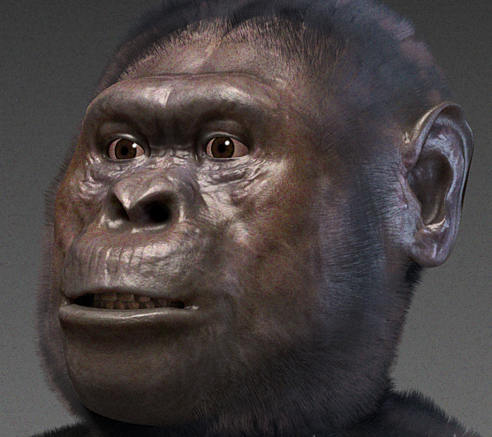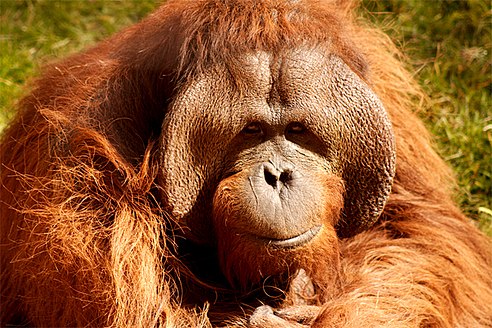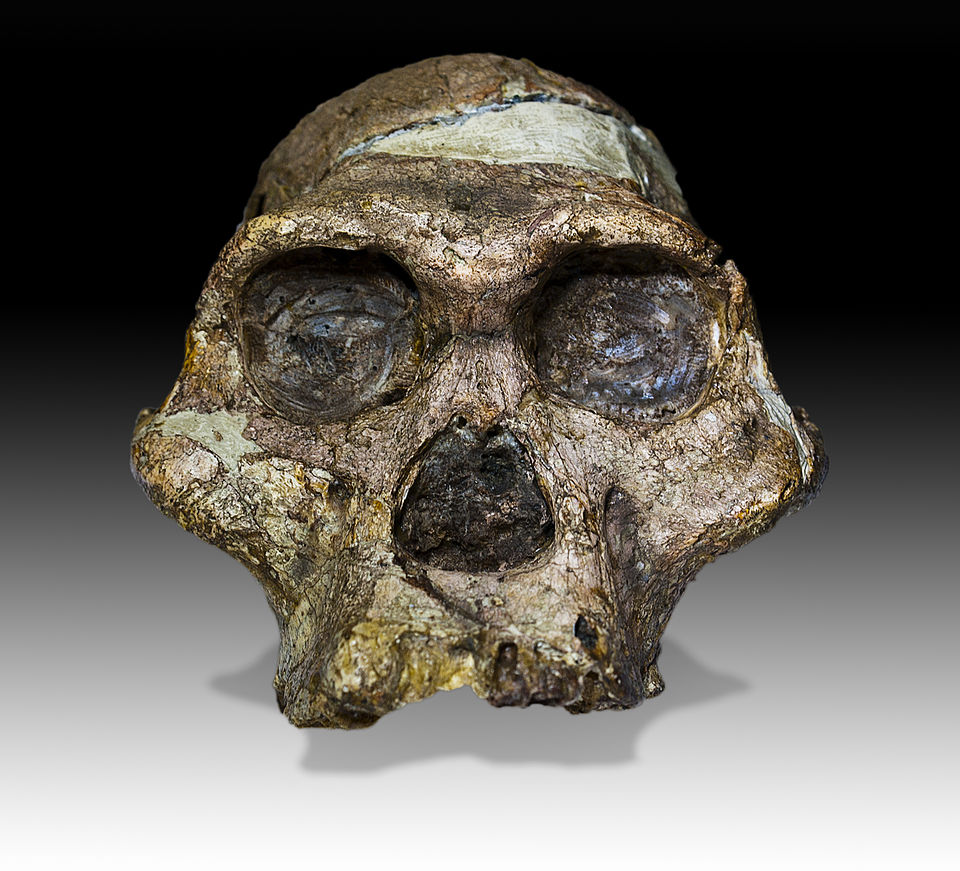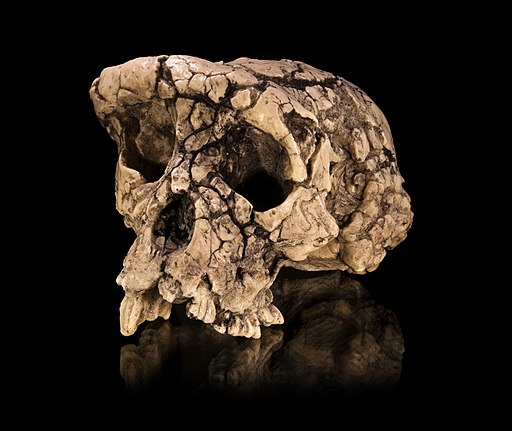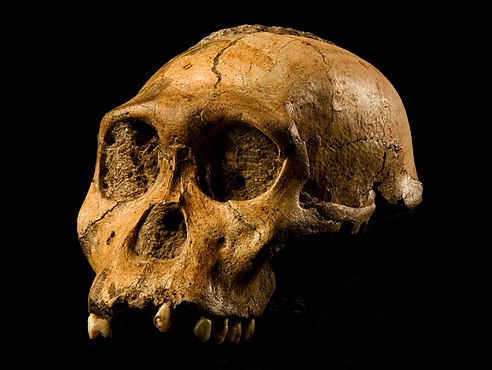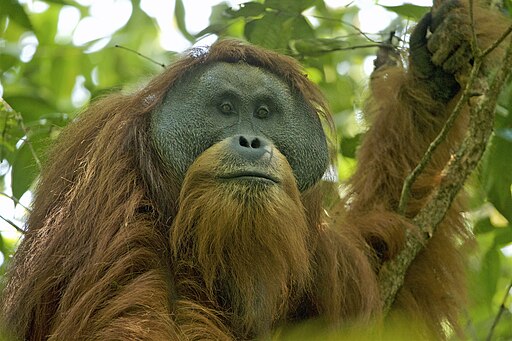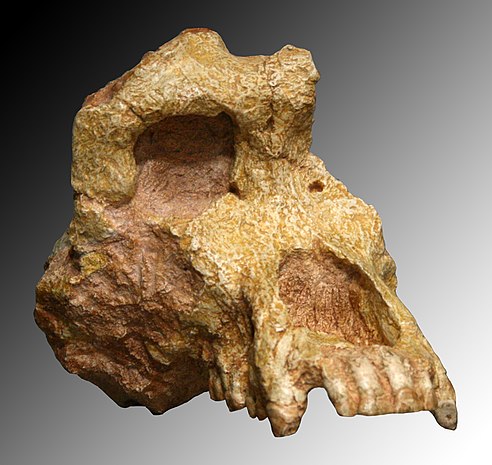
Ouranopithecus
Živočich

Ouranopithecus je rod vyhynulých hominidů, žijících ve svrchním miocénu (před 7–10 miliony let) na území dnešního Řecka a Turecka. Bývá považován za předka afrických homininů. Wikipedia
Lidé také hledají
Ouranopithecus – Wikipedie
Ouranopithecus byl poprvé zachycen v roce 1973 na lokalitě Ravin de la Pluie u obce Vathilakkos ve Střední Makedonii. Popsán byl v roce 1974 jako Dryopithecus macedoniensis. [1 ] Po objevu dalších ostatků na téže lokalitě byly všechny nálezy…
Ouranopithecus - Wikipedia
Ouranopithecus is a genus of extinct Eurasian great ape represented by two species, Ouranopithecus macedoniensis, a late Miocene (9.6–8.7 mya) hominoid from Greece [1 ] and Ouranopithecus turkae, also from the late Miocene (8.7–7.4 mya) of…
Ouranopithecus macedoniensis - Wikipedia
Ouranopithecus macedoniensis is a prehistoric species of Ouranopithecus from the Late Miocene of Greece. [1 ] This species is known from three localities in Northern Greece.
Ouranopithecus turkae - Wikipedia
This is known from the Corakyerler locality, Çankırı Province, central Anatolia. It is known only from three cranial fossils.
Talk:Ouranopithecus - Wikipedia
Humans are apes so what does that even mean? If this article is referring to the last common ancestor between humans and gorillas, that means chimpanzees and bonobos are being referred to as "human" in that context.
Ouranopithecus | BioLib.cz
Říše Animalia - živočichové » kmen Chordata - strunatci » třída Mammalia - savci » řád Primates - primáti » čeleď Hominidae - hominidi » tribus Dryopithecini - dryopitecíni
Dryopithecus – Wikipedie
Byl rozeznán již v letech 1898 - 1901, část nálezů pak byla v roce 1969 popsána jako Rudapithecus hungaricus. [16 ] Později byly všechny nálezy sjednoceny do druhu Dryopithecus brancoi, ovšem od počátku 21.
Samburupithecus kiptalami – Wikipedie
Jediný druh Samburupithecus kiptalami byl zachycen v roce 1982 na lokalitě SH 22 u obce Baragoi v oblasti Samburu Hills na severu Keni.
Hominidé – Wikipedie
Jsou typičtí poměrně řídkou srstí. Všechny druhy používají alespoň částečnou bipedii a brachiaci. Většina zástupců čeledi Hominidae umí velmi dobře manipulovat s nástroji a často je i vyrábět.
odkazuje na služby nejen od Seznam.cz.
© 1996–2025 Seznam.cz, a.s.


